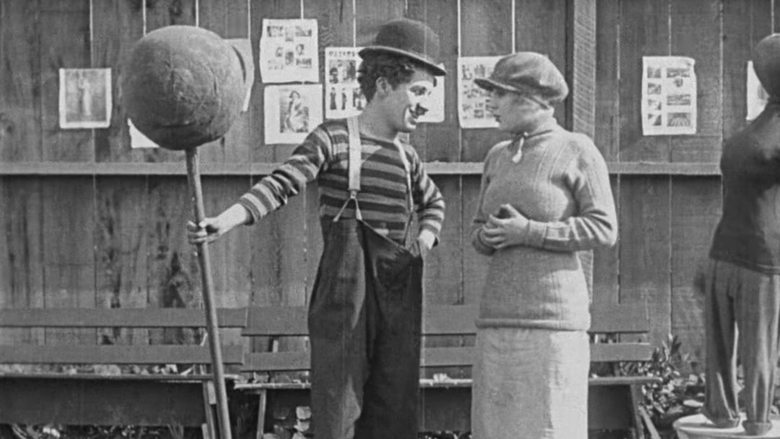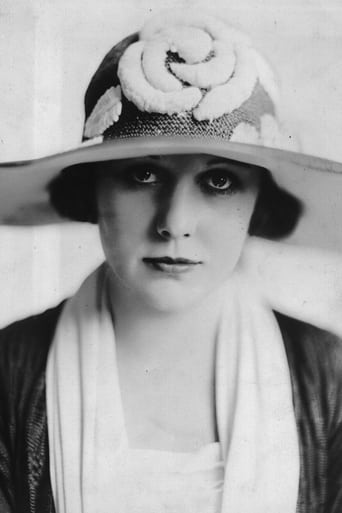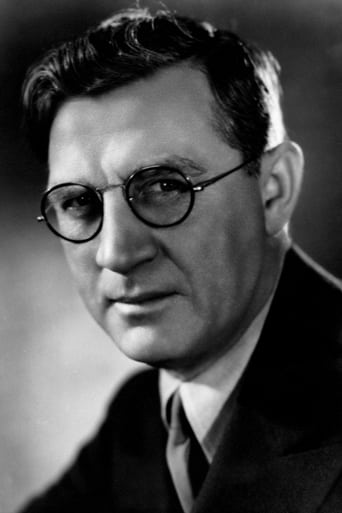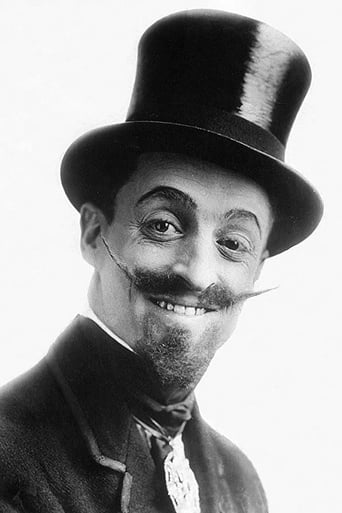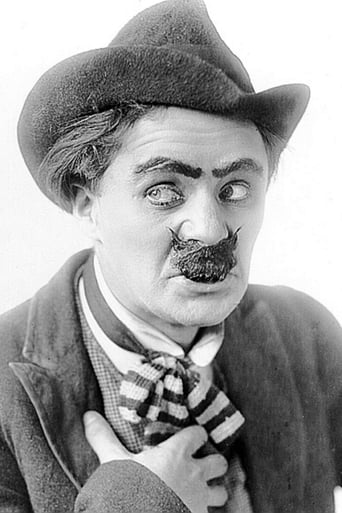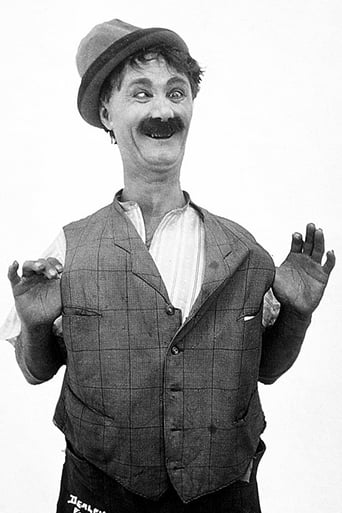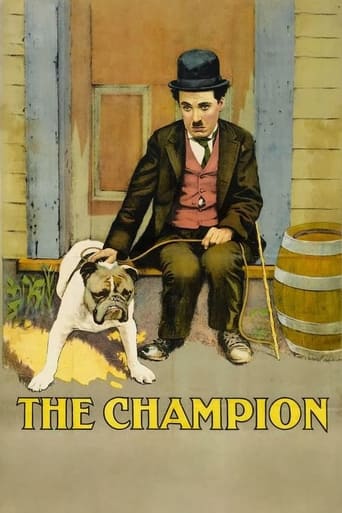
Walking along with his bulldog, Charlie finds a "good luck" horseshoe just as he passes a training camp advertising for a boxing partner "who can take a beating." After watching others lose, Charlie puts the horseshoe in his glove and wins. The trainer prepares Charlie to fight the world champion. A gambler wants Charlie to throw the fight. He and the trainer's daughter fall in love.
Similar titles
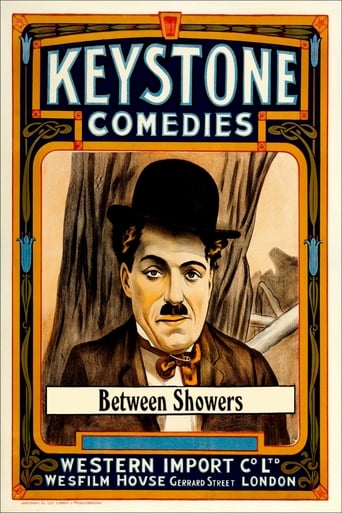

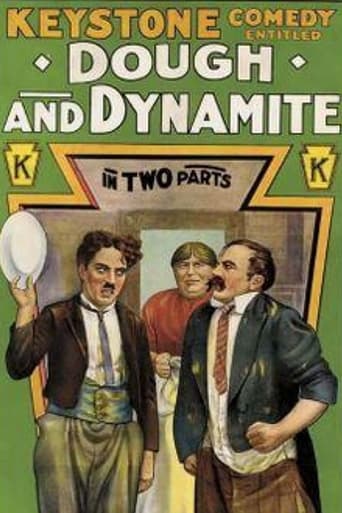
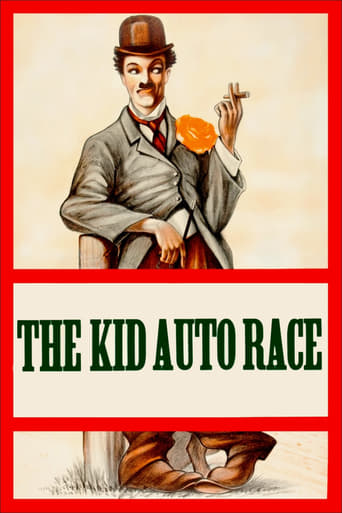
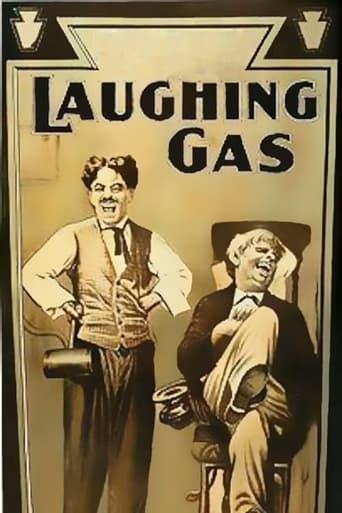
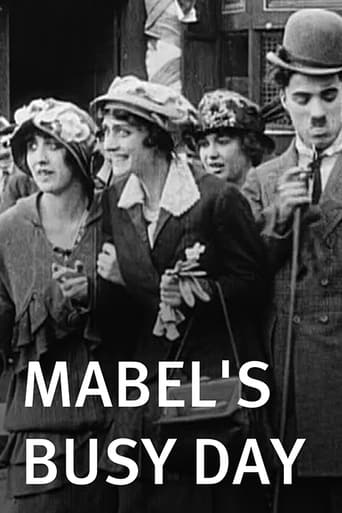
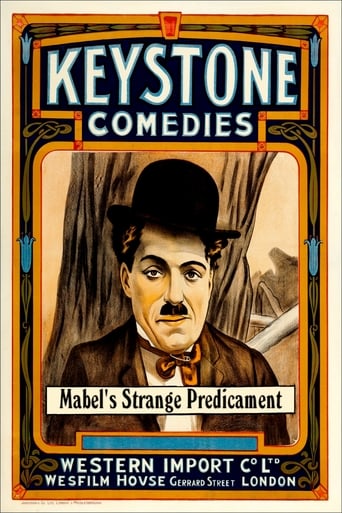
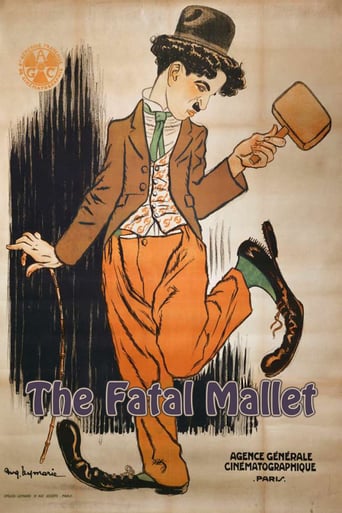
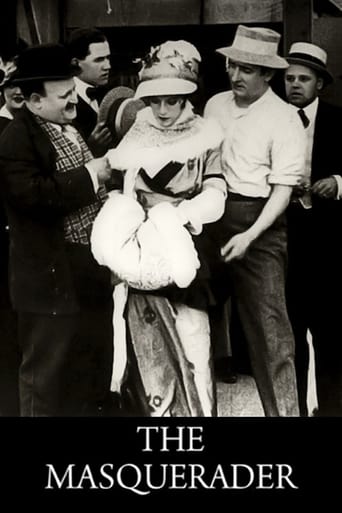
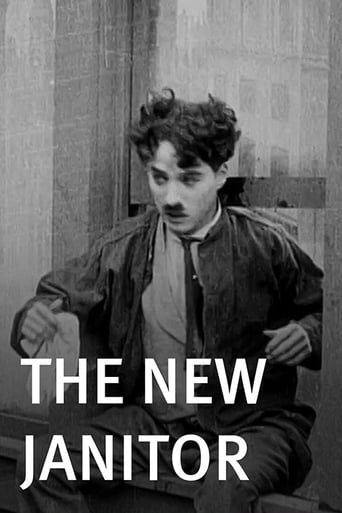
You May Also Like
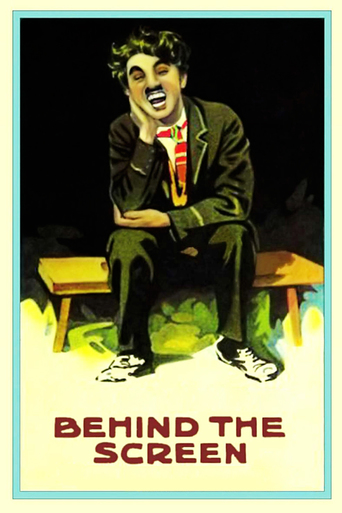
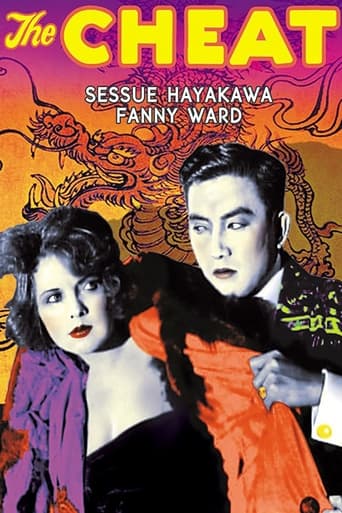

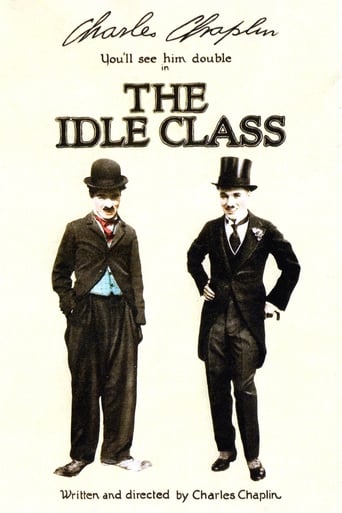
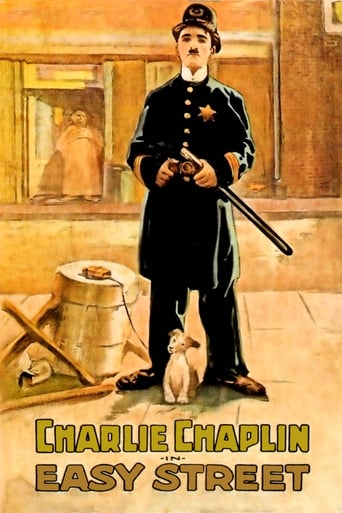

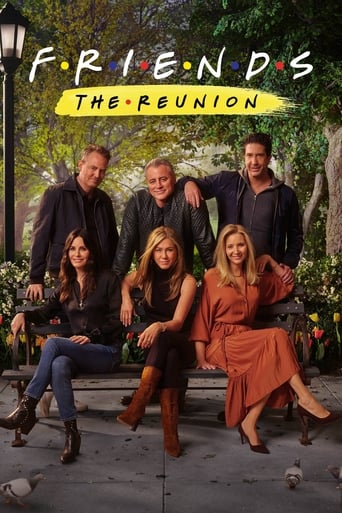
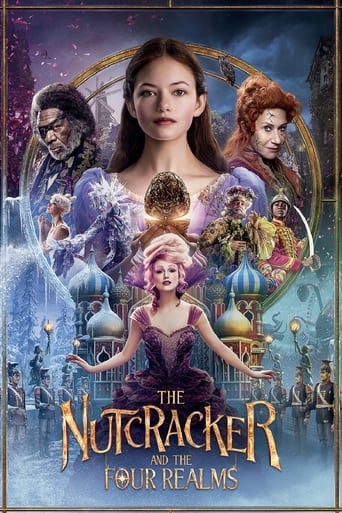
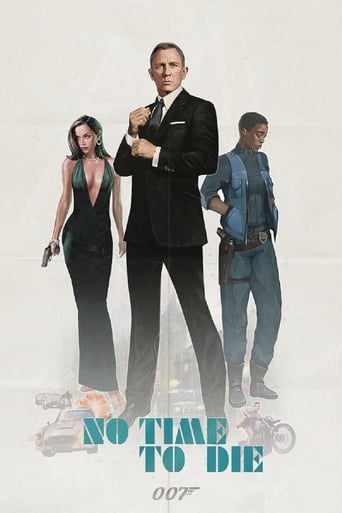

Reviews
I think this is a new genre that they're all sort of working their way through it and haven't got all the kinks worked out yet but it's a genre that works for me.
All of these films share one commonality, that being a kind of emotional center that humanizes a cast of monsters.
All of these films share one commonality, that being a kind of emotional center that humanizes a cast of monsters.
The tone of this movie is interesting -- the stakes are both dramatic and high, but it's balanced with a lot of fun, tongue and cheek dialogue.
Chaplin's third Essanay picture and he finally appears to have found his feet with the new studio. Chaplin's tramp, destitute and famished spots a sign offering money to act as a sparring partner. He watches as three men go in before him and return battered and bruised. Chaplin however has a trick up his sleeve or rather in his glove; a lucky horseshoe, which he uses to knock out his larger, more adept opponent. Spotting his potential a trainer prepares the slight Chaplin for a big fight against the champion Bob Uppercut (Bud Jamison) but Chaplin has other things on his mind, namely the trainer's daughter Edna Purviance.I was so glad that this film was good. I was really disappointed with Chaplin's first two Essanay films His New Job and A Night Out. This is a real return to form. The idea was actually taken from a Fred Karno sketch that Chaplin performed before entering the movie industry. Perhaps one of the reasons for the film's success is that Chaplin knew what he was doing before he went in rather than partially making it up as he went along.The film really shows its age with its inter-titles. There wasn't one occasion where I understood every word! But you have to remember that this film is 97 years old and language changes. Another thing that changes is people's attitudes and sensibilities towards kissing. It's hard to believe now but Hollywood once enforced a self censorship ruling that meant that no on screen kiss could last more than a couple of seconds. Although made in pre-code Hollywood, Chaplin got round this type of censorship by having his Tramp kiss Edna from behind a large beer bottle. It's a clever device that works around censorship.The film is much slower and more measured than much of Chaplin's other work of the period and especially the work of Keystone. The opening scene in which Chaplin shares a hot dog with his equally starving dog is both very sweet and very slow and reminiscent of his later work. It's a complete opposite of his previous Keystone films.The highlight of the film is undoubtedly the boxing. Watching Chaplin train in his trademark bowler hat is brilliant and the big fight itself is hilarious and extremely well choreographed. Chaplin and Jamison spend half the fight either falling over or in embraces, punching themselves in the face and the umpire obviously gets a few punches thrown his way too. Raging Bull this is not. You have to feel that the film is a precursor to Chaplin's massively successful City Lights which features his famous boxing scene. Another highlight is the fantastic makeup and over the top fake facial hair of the film's villain Leo White, a motif of Chaplin's early work. Without dialogue you are still always sure who the bad guy is with his deep dark eyes, pale face and enormous moustache.This film is not up there with Chaplin's later work but shows great potential. It is a marked improvement on his earlier Essanay films and introduced a lot of action into his repertoire.www.attheback.blogspot.com
In 1915 Chaplin produced fourteen films for Essanay, just over a third of his output for the previous year under the conveyor belt-like production values of Keystone. This was a trend that would continue, with Chaplin's quantity shrinking more and more each year until the two-features-a-decade of his final years. However, with this shrink in output, the quality would increase, with massive advancement in the artistry of his work.This said, the Essanay shorts, while more inventive, better plotted and better realised than the Keystone work, initially aren't all that better. A case in point is The Champion, still a relatively primitive piece that has no great meaning or comedic punch (pun unintended). It's worth remembering that this was still only twenty years since the emergence of the first extensive film productions, and that it would have been sophisticated in its day. Yet despite this, the lack of continuity between internal/external locations and lapses of plot logic (Chaplin's Tramp becomes a feared boxer because he has a horseshoe in his glove later he is able to perform the same feats of knock out artistry without the horseshoe, which makes no sense at all) do pall somewhat.Probably most notable for inspiring a sequence in "City Lights", this is still the era of large comedy moustaches and lack of screen realism. While comedy can be exaggerated, with nothing to ground it in any form of reality it has no great currency over 90 years on. Thankfully the Essanay shorts began, most notably from "The Tramp" on, to develop Chaplin's character as a more sympathetic and socially relevant persona; the seeds of which can be seen here, with a more likable take than Chaplin had previously indulged in. Charlie himself resented the working practises of Essanay, claiming in his autobiography that the company was "smug and self-satisfied" and that "their last consideration was the making of good pictures." In all, The Champion is interesting as a historical document and notable for the rapid progression Chaplin was making. On its own terms though, it isn't terribly good.
Like so many of Charlie Chaplin's early films The Champion has been subjected to a lot of tampering over the years. Depending on which print you see, the tough guy Charlie knocks out might be named Spike Dugan or Spike Henessy, his hefty opponent in the ring might be identified as Young Hippo or Bob Uppercut, leading lady Edna Purviance's presence during the training sessions may or may not be explained (in some editions she's identified as the trainer's daughter), Charlie's encounter with two cops might be deleted, and, all told, the film's running time could be anywhere from twenty minutes to as little as nine or ten. It's appalling what latter-day distributors have done to Chaplin's work; movies are renamed, scenes are rearranged or chopped out, and jokey title cards are added which are often unfunny, inappropriate and/or in poor taste. And on top of all that deliberate abuse the inevitable ravages of time and heavy usage have taken a toll on the quality of the prints themselves. Happily, however, and despite the rough treatment it has sustained, The Champion stands as one of Chaplin's funniest and most satisfying early comedies. The film boasts lots of sure-fire gags, colorful supporting players, and an especially vigorous and winning performance from the leading player himself.During his apprenticeship at Keystone in 1914 Chaplin learned the rudiments of filmmaking from Mack Sennett, who liked his comedies low and fast. Thus, in his earliest movies Chaplin is concerned only with action and gags, and doesn't seem to care whether the viewer likes his character or not; sometimes he's an out-and-out rotter. But with this new series for the Essanay company Chaplin learned, first, to slow down a little and let things unfold as they may. More importantly, he learned to develop a sympathetic character viewers could care about.The opening of The Champion shows Charlie sitting on a stoop with his only friend, an endearingly ugly bulldog named Spike, as they eat a meal. Charlie offers a sausage to Spike who, amusingly, chooses to eat only after the sausage has been properly seasoned. It's a charming scene and a leisurely one, and it sets an agreeable tempo. By the time the sequence is over, whether we've seen Charlie before or not, we like this poor guy and his ugly dog, and we're rooting for them. When Charlie decides to try his luck as a boxer he even manages to retain our sympathy when he employs less-than-ethical means to knock out his foe.Later, we're troubled when Charlie appears to flirt with the idea of accepting a bribe from a crooked gambler, but ultimately the crook gets what he deserves and Charlie is more The Good Guy than ever. This sequence, in some respects, is the funniest in the entire film. Gambler Leo White is hilariously hammy, and Charlie peppers us with gags using every available prop: the paper money he grips in his mouth, the gun that points every which way, and even Leo White's villainous mustache, which Charlie reaches over and twirls one step ahead of the villain.Everything builds towards the climactic battle. Chaplin fans taking the long view might regard this as a dry run for the big fight in City Lights, made in 1931, but for my money the boxing match in The Champion can hold its own as a great sequence in its own right. In addition to being well staged and beautifully timed, the scene features several notable participants silent film buffs will recognize. Charlie's tubby opponent in the ring is character actor Bud Jamison, at the beginning of a 30-year career supporting just about every prominent comedian of the era. In the stands meanwhile are two prominent players of the day, G. M. "Broncho Billy" Anderson and Ben Turpin. Anderson was among the very first Western stars, and also happened to be a co-founder of the Essanay company, producers of this film. Therefore Anderson was in effect Chaplin's boss, and his cameo (as a highly enthusiastic spectator) can be seen as something of a good-natured inside joke. Ben Turpin, on the other hand, had co-starred with Chaplin in his two previous comedies, but it's said that the two men didn't get along, and they went their separate ways after this point. Turpin is granted a very brief bit as a peanut vendor in the stands during the bout, clambering over spectators before he is bodily thrown out -- out of the stands, out of the film, and, in effect, out of Chaplin's orbit.In any event, the fight makes for a funny and exciting finale, and it provides Spike the dog with one last moment of screen immortality. (Sadly, the dog was struck and killed by a car shortly after this movie was completed.) For Spike's co-star, The Champion was not only a vast improvement over his earlier work, but the first of many classic comedies.
With lots of good material, an interesting (if humorously implausible) story, and some secondary characters that are used well, "The Champion" is a very good short comedy, and is easily one of the best of Charlie Chaplin's early comedies.It begins with Charlie answering a prize-fighter's request for sparring partners, and starting from there Chaplin gets involved in some adventures that, though lacking any believability, are quite amusing. Most of the sequences make use of the secondary characters more than is usual for Chaplin's early features. Early in the story, while Charlie and the other fighters are waiting for their turn, it makes good use of the mannerisms and expressions of the others, as well as Chaplin himself. In the main fight scene, the activity in the ring is funny, creative, and well-choreographed - there are moments when it is almost as good as the celebrated boxing scene in "City Lights". That's not to say, of course, that overall this short movie approaches such a standard of greatness, but it is a well-made and entertaining little comedy.
Top Streaming Movies











